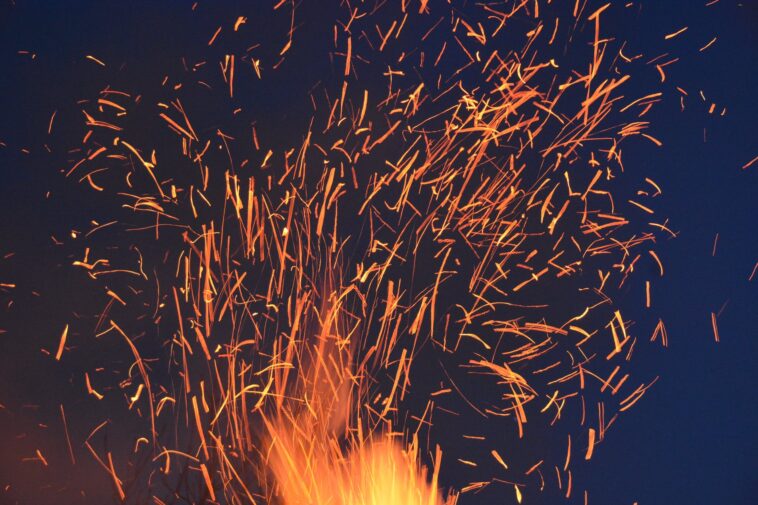One of the biggest fears that a lot of people have is definitely the fear of fire. And there’s always a chance for something to catch fire when we sleep, which sounds terrifying. If you live on the higher floor of the building, the greater the concern will be. Just one little thing is enough to not work properly and the spark is already there.
Have you ever wondered if there is a way you can, if not completely prevent the chaos that fire could create? At least give us enough time to escape from that place. Thinking about this leads us to the idea of materials that are resistant to high heat. True, it would be crazy to cover the entire apartment with these materials, but at least we could be more careful.
When it comes to heat-resistant materials, they have recently been used in construction, robotics, aerospace and many other industries. The use of such materials has various safety implications. There are a large number of such materials, but also interesting facts related to them.
-
They are also used as insulation
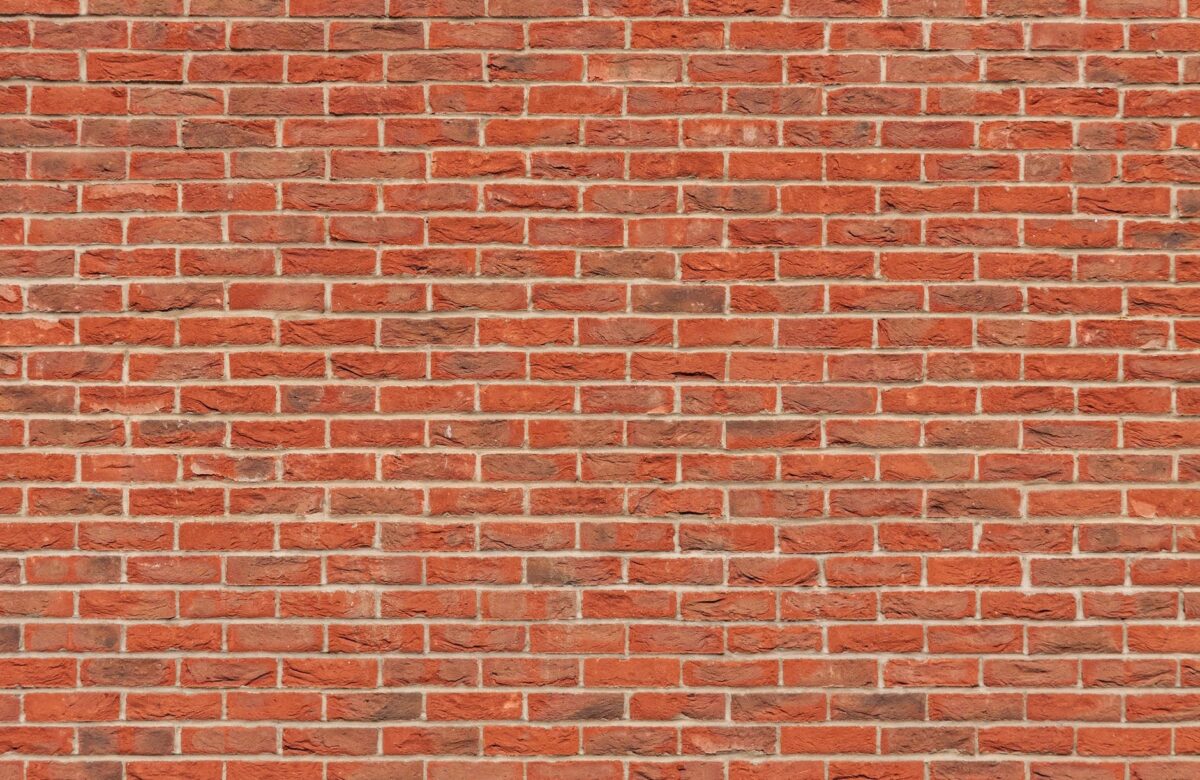
As the word “heat-resistant” says, this material is very often used in construction as thermal insulation. There is a wide range of different materials as well as their different applications. Some of the heat-resistant refractory materials are cement, brick, ceramics and fire-fighting clay. There is also fiberglass and mineral and glass wool. Fiberglass is a kind of combination of glass and sand. It is strong, durable and can be made in several variants: electrical, chemical and thermal insulation. ADL Insulflex also has some heat-resistant tape and other items that can come in handy. Mineral and glass wool do not conduct sound or heat, which makes them ideal thermal insulators, very desirable in construction.
-
Some coatings make the material fireproof
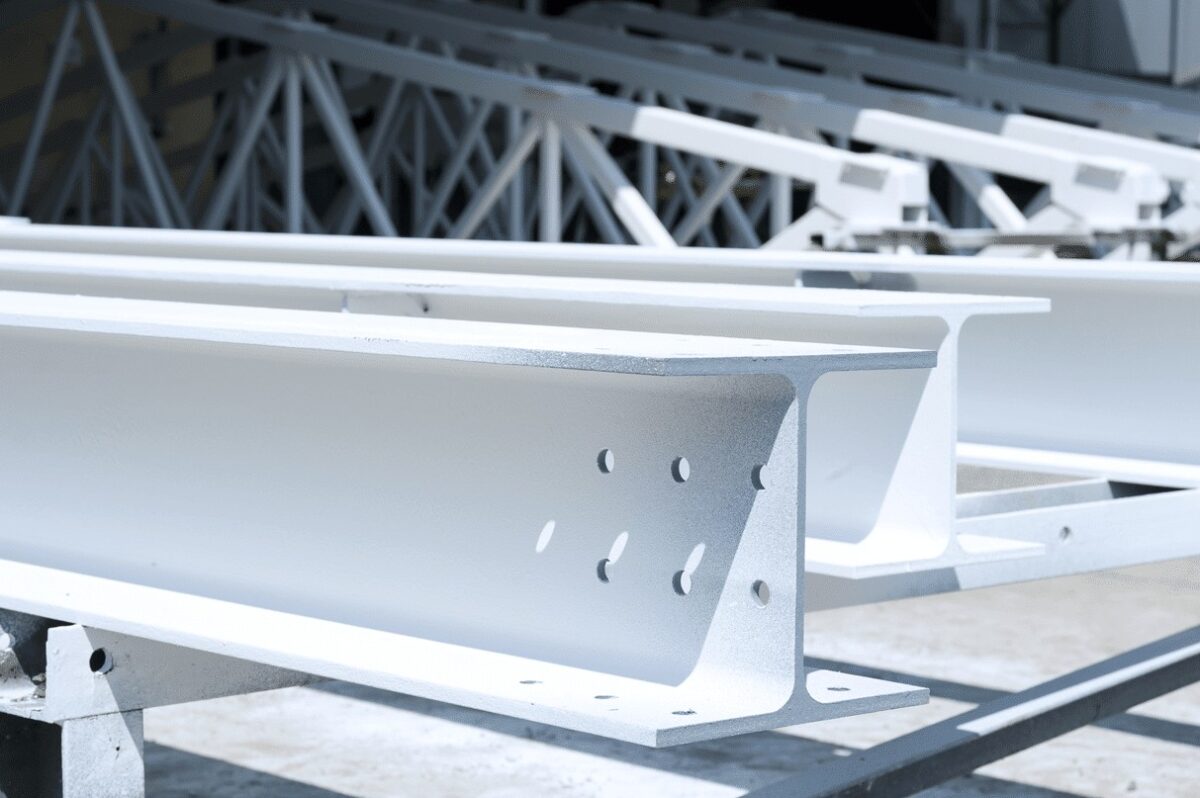
One of the simplest and most effective ways to protect certain building elements from fire is these fireproof coatings. It is the best passive fire protection. What these coatings can provide us with is the time for the safe evacuation of people, because a building collapses much slower in the event of a fire than would be the case without this coating. That is why it is most often applied to load-bearing steel constrictions. There are many advantages to these coatings. It does not affect the properties of the material and does not change it. It can be used on steel, wood, concrete and other elements. In addition to all that, it is easily accessible and very easy to apply. Modern architecture and buildings are paying more and more attention to this coating.
In addition to construction, these coatings are widely used in aviation and robotics. However, the plane experiences extremely high temperatures as well as temperature changes, during only one flight. Heat-resistant materials and coatings are an integral part of a comfortable and safe flight. Without them, this process would be simply unbearable.
-
There is also protective clothing
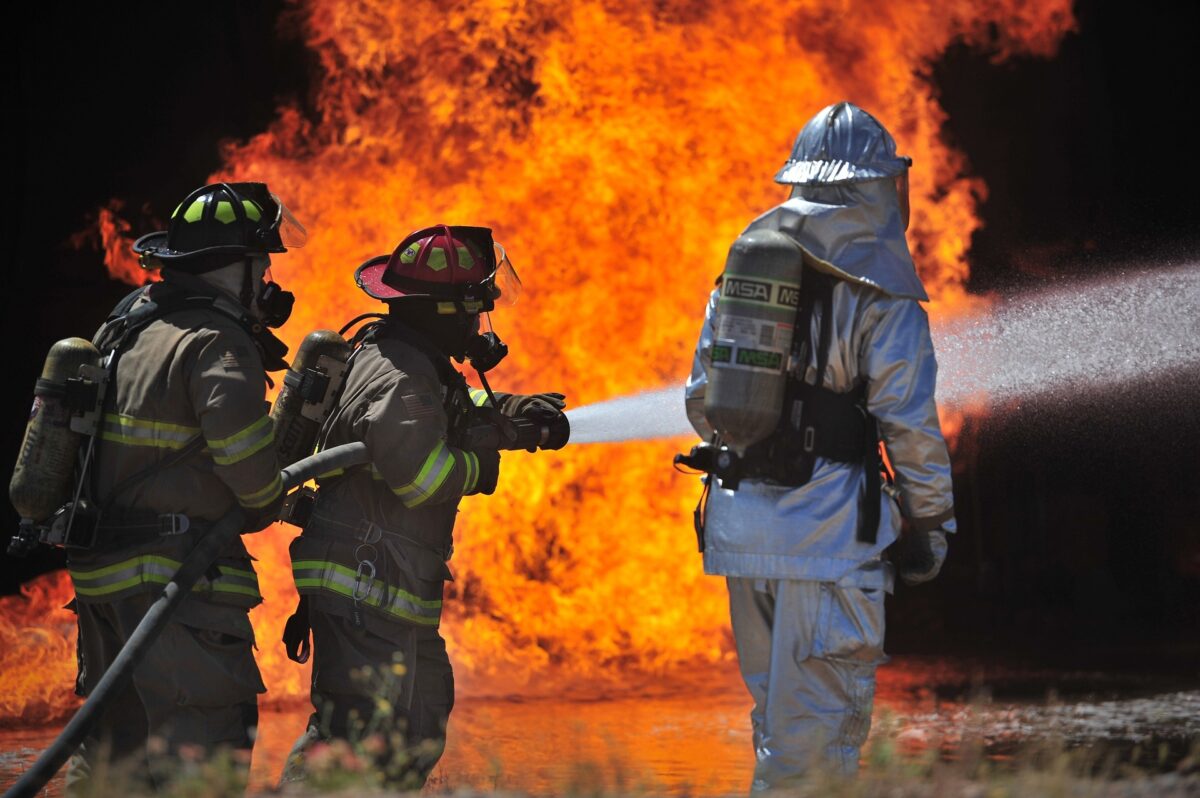
Many jobs have such working conditions that it is necessary to ensure the safety of the employee from fire. Consider firefighters or workers in the metal industry who work with liquid metal, who are exposed to extreme temperatures full time. There are a large number of fibers that are resistant to heat, and depending on the job and purpose, the choice also depends.
Nomex is a fiber used in jobs where employees are directly exposed to fire and flame. These fibers protect the customer from fire because they are placed as a barrier between fire and skin. This material does not melt, which makes it suitable for direct work with flames. It can be used to build all protective clothing or only part of clothing such as per example gloves. They are very often used by civilians and in the army, and they are popular among car race drivers or astronauts.
Kevlar fibers are made to withstand very high but also very low temperatures. They are not flammable and do not melt. Densities are low and they are used to make protective clothing for the police, the army and firefighters. It is often used in the aviation industry, for making sports equipment, electrical industry, construction and many other areas.
Another type of refractory material is Carmel. This is a polyimide-imide and the production is very similar to the production of cotton and woolen fabric. This fabric is used where there is an increased risk of direct fire. The manufacturers guarantee 500 hours of durability at 250 degrees C. Unlike previous materials, this material melts. However, when that happens, it carbonizes and can lose only 33% of its mechanical properties.
-
Popular refractory alloys
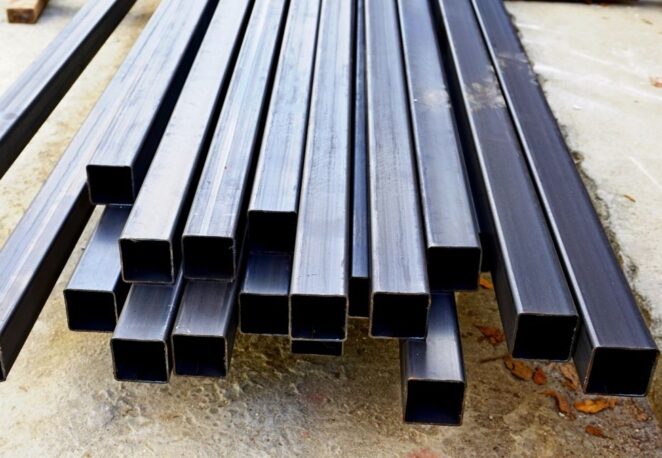
Heat-resistant alloys are alloys made of iron, nickel or cobalt. Believe it or not, these alloys can withstand temperatures up to 600C and even higher. They are extremely durable, flexible and long-lasting.
Stainless steel is also very resistant to heat. These alloys are represented in the petrochemical industry, electricity production. Oil refineries, heating pipes, the automotive industry and the like.
Nickel-based alloys are designed to operate at temperatures of an incredible 1000 C. These alloys contain more than half of the nickel content. This alloy is most often used in combustion engines, turbines and even turbochargers, and these are also aircraft engines that operate at extremely variable temperatures.
Cobalt alloys contain 60% cobalt, depending on the desired properties. This alloy is not grateful for some more detailed processing, but when it comes to resistance to high temperatures, it is safe. It is most often used in aircraft engine blade parts, turbines, combustion chambers, etc. Some types of this alloy are used in the manufacture of exhaust valves in petrol or diesel engines.
As we have already pointed out, in addition to this list, there are many other heat-resistant materials. Although their function is multiple and can be applied in many fields, their most important role is a protective one. Keep in mind that these materials protect you and your health and that is why they deserve our interpretation and your attention.



